.jpg)
Mountain Climbing and Mexico's Highest Mountains
Mexico offers mountain climbers tempting peaks to explore...
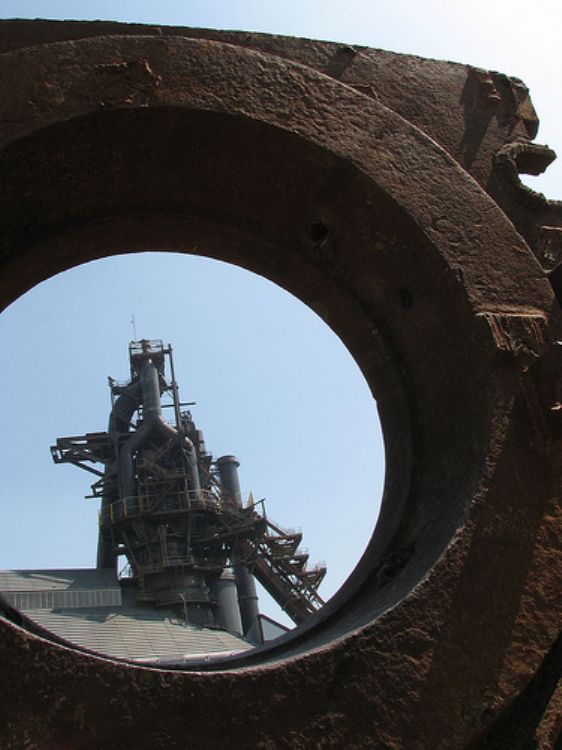
Proudly known as ¨The Sultan of the North¨ over the skirts of the ¨Cerro de la Silla¨ "â¦today one of the most flourishing cities in the Mexican Republic, Monterrey is fruit of the dedication and tenacity of its first colonists who suffered floods, droughts, epidemics and lack, and yet decided to stay so that in generations to come their descendants could be witnesses of the industrious city in which it has become.
The first settling on Nuevo Leon territory occurred in 1577 with Captain Alberto Del Canto in charge of the establishment of the community of Santa Lucia. However, it was Luis de Carvajal y de la Cueva who obtained permission from Spain to organize an expedition exclusive for bringing about the conquest of Nuevo Reino de Leon five years later. That same year it is renamed San Luis Rey de Francia, which is considered the second foundation of the actual city of Monterrey.
For a decade, the control that Luis de Carvajal had over the Nuevo Reino de Leon was undisputable. However, his enmity with a powerful friar confined him to jail where he soon died. Due to this, the territory was unpopulated for 8 years. In the year 1596, Diego de Montemayor, Lieutenant of the governor of Coahuila and friend of de Carvajal, arrived to San Luis Rey de Francia and rebaptized it with the name of Ciudad Metropolitana de Nuestra Señora de Monterrey.
The first decades of the third foundation of the city meant a great effort on the part of the established families, who were given land rights because the nearest city was the small town of Saltillo, and the agriculture was barely enough. Little by little new colonists would arrive and request to become part of the city. However in mid-century XVII they continued to struggle to survive and new officials had to build a storehouse to be able to feed them, therefore avoiding their abandonment of the city.
It wasn't until century XIX that they were able to consolidate as the capital of the independent state of Nuevo Leon. However this autonomy suffers some setbacks. In September 1846 it is invaded by North Americans who have control of the city until July 1848. Soon after during the governing of Santiago Vidaurri, the states of Nuevo Leon and Coahuila unite into one state, naming the city of Monterrey as their capital, this until the separation of both in 1864.
The border with the United States through the state of Texas, and the placement of railroads did impulse the economical development of the city. In 1857 the Civil College was founded and in 1859 the schools of medicine and jurisprudence.
The government officials who collaborated in the economical development of city and state were, Viviano Villarreal, Genaro Garza Garcia, Lázaro Garza Ayala and Bernardo Reyes. This was only the beginning of an economic growth for the entity. At the end of the Mexican revolution in the 20th century, Monterrey constructed avenues, ¨monumental schools¨ and the first university; also, labor laws were established under the Jornada Maxima de Trabajo in 1922, created by the Board of Conciliation and Arbitration as a mediator for employee-employer conflicts. The company ¨Fundidora de Fierro y Acero¨ (steel and metal) was a great motor in the flourishing of industry not only in the city, but in all the state, as was ¨Cerveceria Cuauhtémoc¨ (brewery), ¨La Fama¨ (textile fabric), and many other industries who exemplified the successful businesses established in Monterrey, Nuevo Leon. Some of the other industries that originated in Monterrey and who are currently of importance in the city are: FEMSA, CEMEX, Grupo Alfa, Vitro, Cervecería Cuauhtémoc Moctezuma, Soriana, Banorte, IMSA, Hylsa and Grupo Allen.
According to the last National Census in 2005, the population is 1,133,070. Surrounded by mountains that form part of the Sierra Madre, and with the Santa Catarina dry river running through it, it enjoys hot summers, rainy falls, and cold winters.
The growth of the city however, seems clouded by consequence of the urbanization in the metropolitan area of Monterrey, which takes up 93% of the population of the state. The urban growth in the mountains that surround the city has increased the levels of poverty of the area. The lack of water and transportation threaten the growth of the city, according to the National Council of Mexican Population.
.jpg)
Mexico offers mountain climbers tempting peaks to explore...

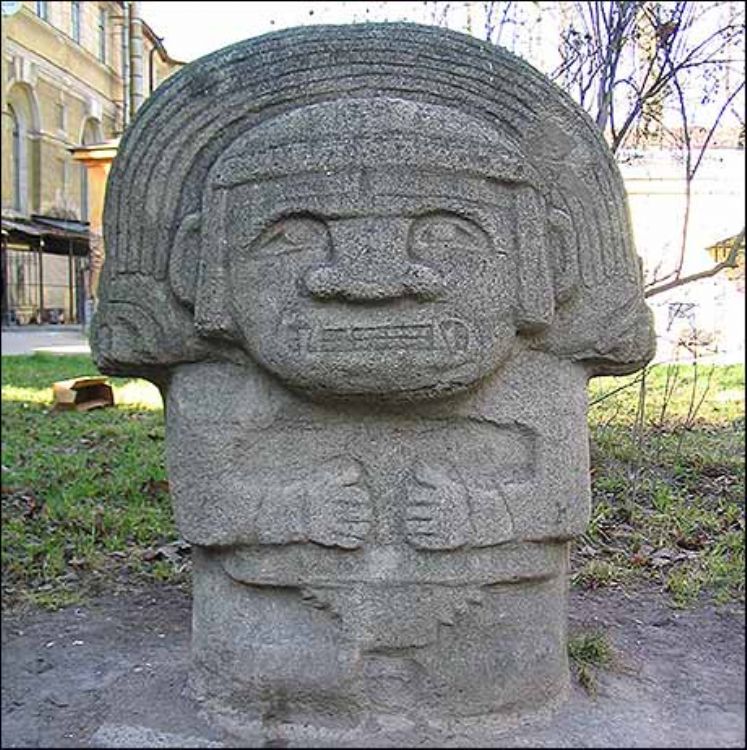
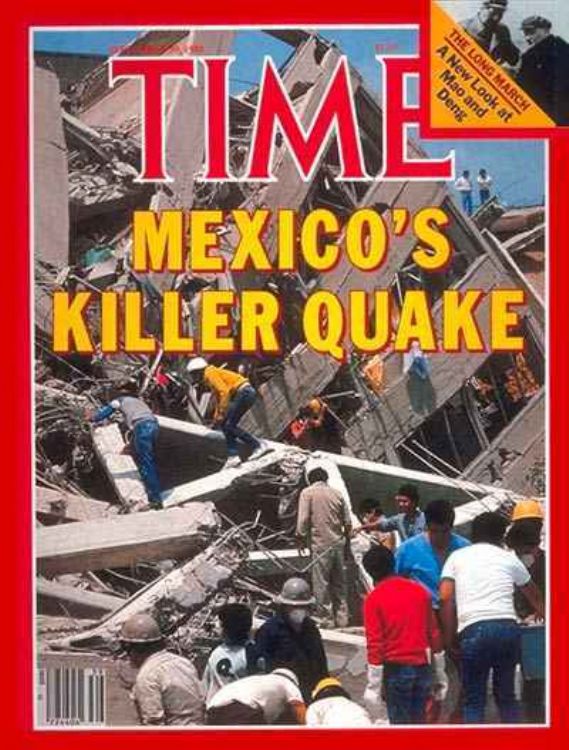
The earthquake of Veracruz of 1973, also known as the Ori...
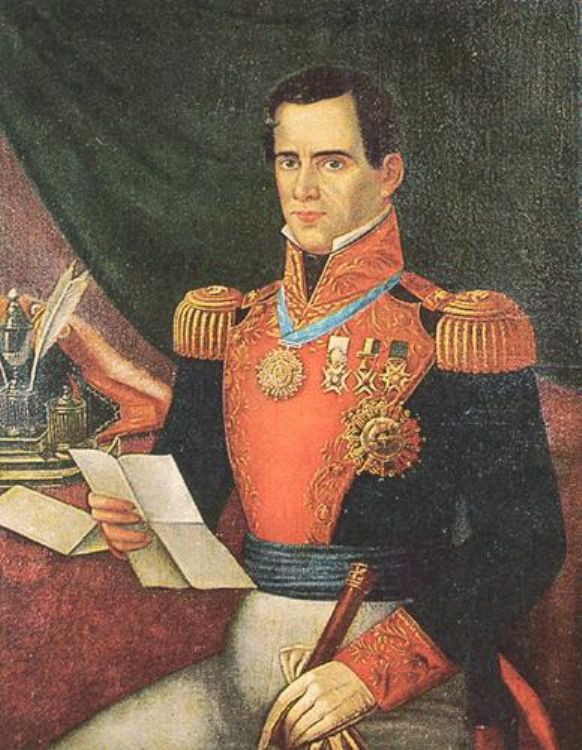
The figure of Antonio Lopez de Santa Anna has been very c...
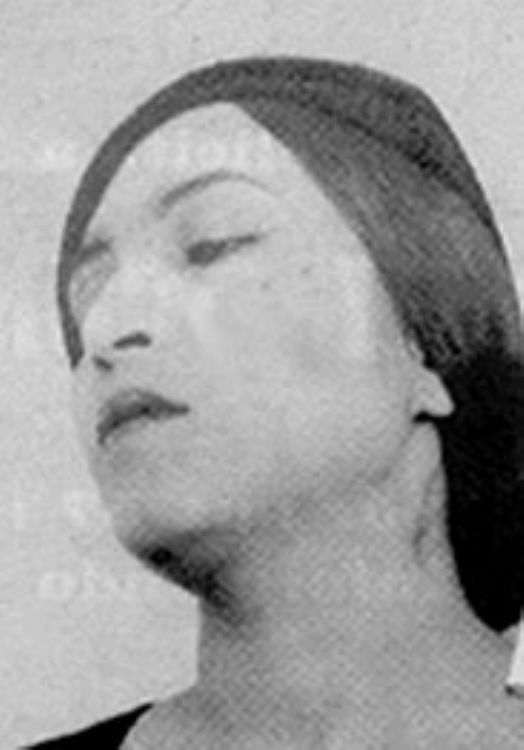
One of the most important painters of Mexican art during ...
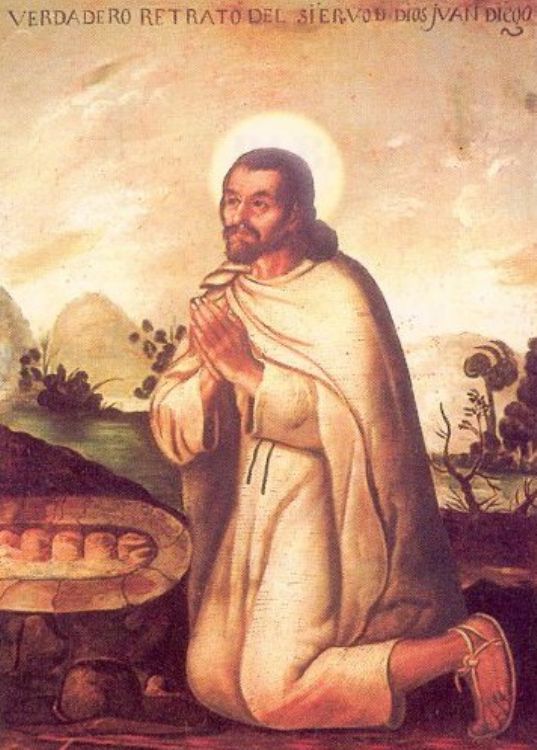
Ten years after the Conquest of Mexico, on the 9th of Dec...
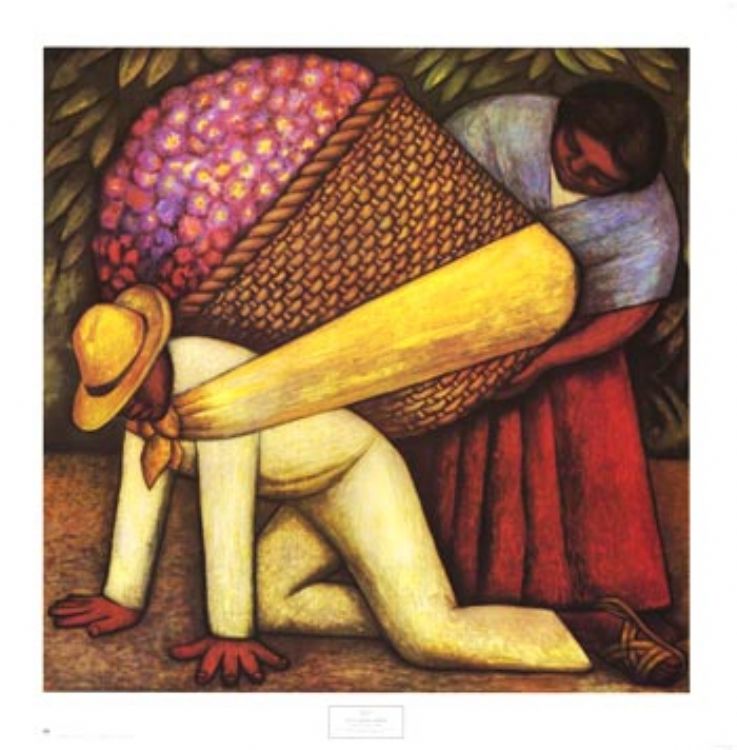
(1886-1957) Upon reviving fresco murals, Diego Rivera fre...
